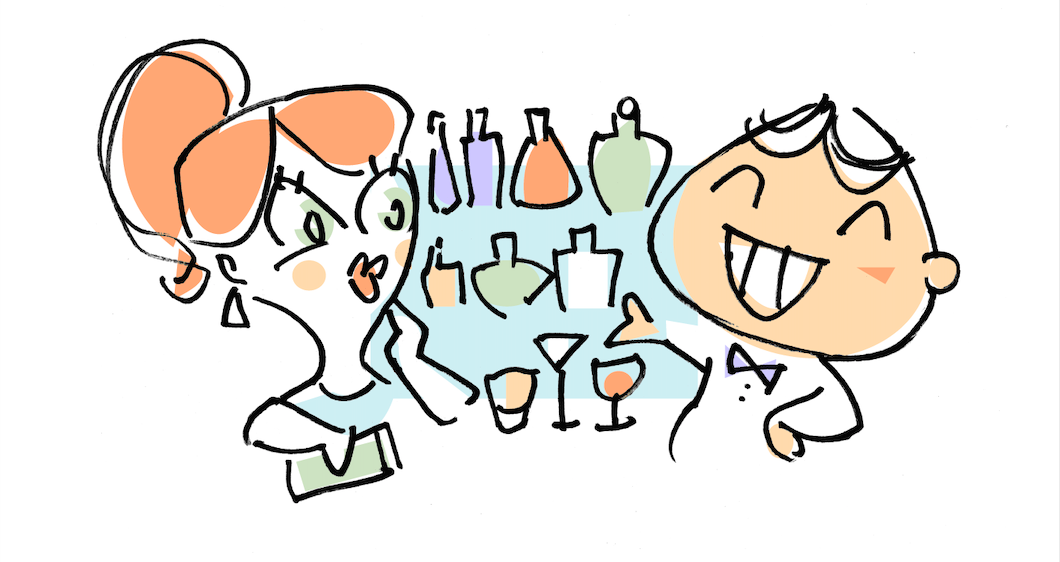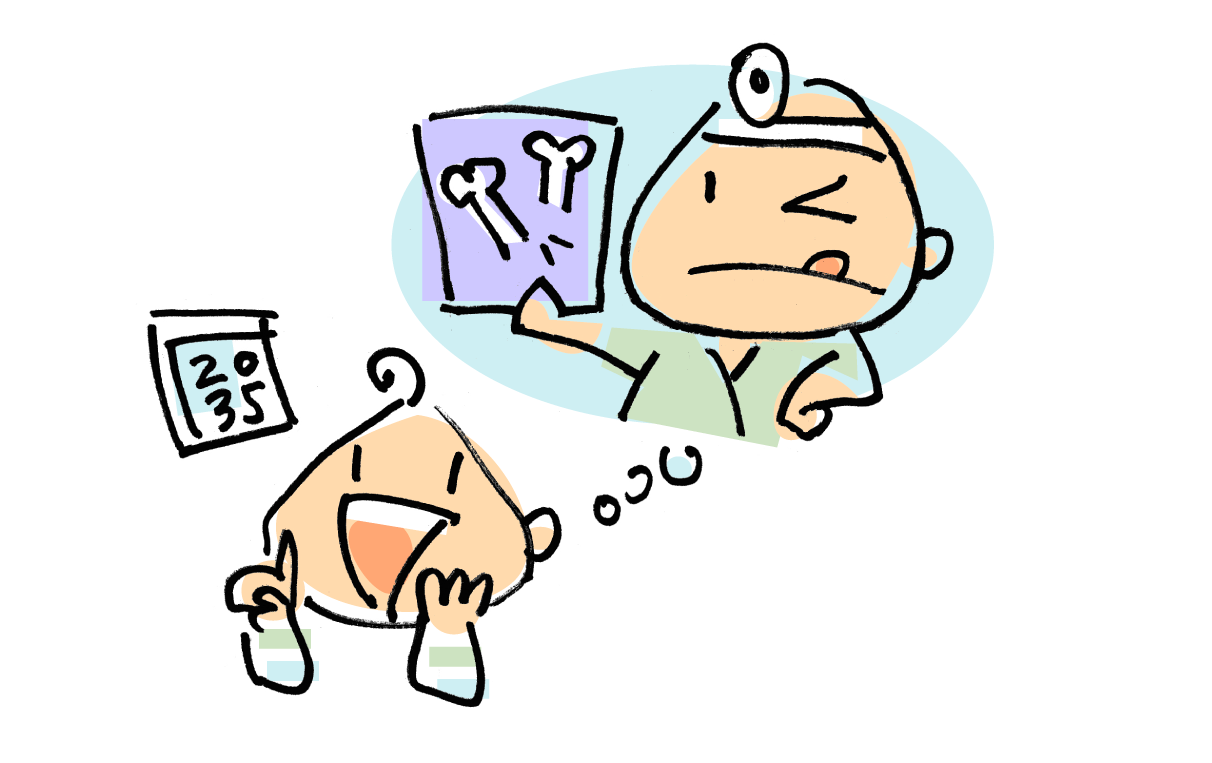Multi-including the English Language to the typesetting, we different from the Japanese typesetting that is in contact with everyday Language there are rules and precautions. The third part of the “English Typography Course” beginner's lesson is about “articles” that we are not familiar with, among the mistake points that are often written in English.
Illustration/draft: Joachim Müller-Lancé
Cooperation: Adobe
Can this be a? Or the?

Articles such as "a", "an", and "the" are often misused. Note that it depends on the surrounding words and the meaning you want to express in the sentence.
Use "a" if you don't point to a specific one
“A” and “an” are called indefinite articles and are used when the noun is unspecified. Depending on the initial letter of the word following this article
"A" is used before the vowel of "aeiou" and "a" otherwise.
* However, "a" is used before the vowel "u" that is pronounced like "A" or "U", but "a" is used before the vowel "u" that is pronounced like "Yu". ..
Example) an upload
a university
Indefinite articles such as "a" and "an" are used to indicate unspecified information or a specific member of a group or field.
Information released for the first time
Example) Would you like a drink?
The call "what to drink?" does not specify "this" in many drinks, so use "a".

When referring to one of the groups or a member of the group (being one)
Example: I want to be a doctor in the future.
When I say "I want to be a doctor in the future!" I use "a" because I want to be one of the doctors in the world.

When referring to a day that is not a specific day
Example: Could I come over on a Saturday?
Again, this is not a fixed Saturday, it's not specified as a Saturday somewhere, so use "a".

Use "the" to refer to a specific thing
And "the" is called a definite article. It will be put in front of the specified noun, but it will be used in situations where the noun has "common recognition among the speakers and listeners" and "determined things".
When specified
Example: The school in the nearby town seems good.
We'll use "the" because we've identified it as "the school near the city."

Those who have a common understanding among speakers and listeners
Example: I finally went to the park yesterday.
I used "the" because it was possible to identify which park was "finally I went to that park" between the speaker and the listener.

What is decided
Example: The sun is shining everyday.
You can identify the sun because there is only one in the world. In that case, use "the".

Is the point to distinguish the difference between a and the particular one? was. Then, did you know which of the "End of a line" or "End of the line" signboards you showed at the beginning?
Yes, the correct answer is "the".

We'll use "the" because we've specified the row to be the last one in the "this" row.
Wrong: End of a line
Tadashi: End of the line
Two cases without articles
And one more thing to note is the case where the singular and plural forms have different endings.
Next is a guide board that stands on the road and shows the location of the tourist information center. An indefinite article is added before the noun "A Tourist", but there is a rule that the article should not be added when Heading, signs, labels, memos, etc. are useful.
Wrong: A Tourist Information Center
Tadashi: Tourist Information Center
Also, remember about abstract concepts such as life, peace, and heaven, because there are no articles such as "a", "an", and "the"!
Life is beautiful.
Peace is difficult to achieve.
This vacation is like heaven.
Assuming the scene where guidance is used, translate correctly!
An article that is difficult to keep in mind because it is unfamiliar. First of all, in order to make an accurate translation, it is a good idea to assume what the guide shows, where it will be placed, and the situation.
Next time, I will move on to the intermediate level!





